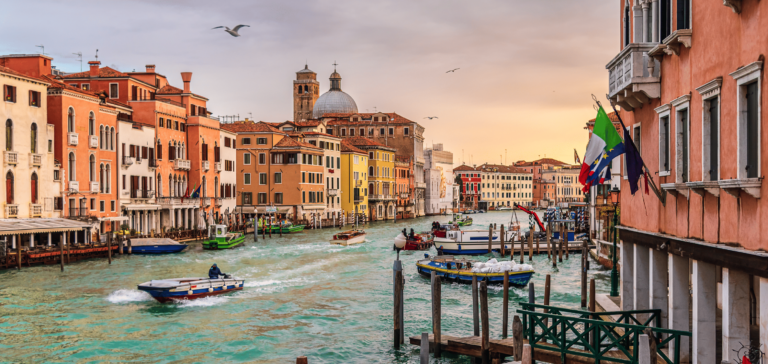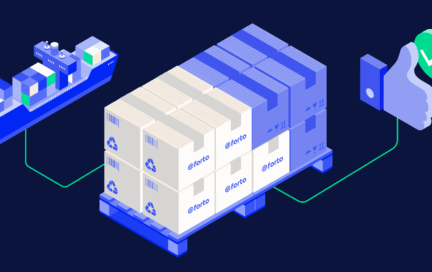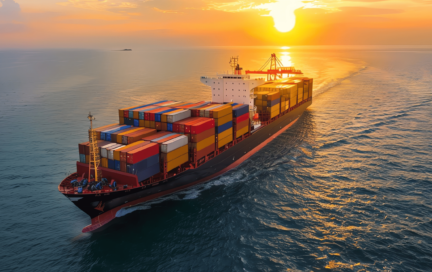Your Essential Guide to Italian Import and Export Logistics
A millennia-old culture, the best cuisine in the world – and not just by its own admission, soccer craziness, sunshine galore and a coastline of 7,600 kilometers – these are just some of the characteristics that come to mind when most people think of Italy. However, many people are unaware that Italy is also one of the largest importing and exporting countries. In 2021, Italy ranked 8th in the world in terms of exports and 11th in terms of imports, which is hardly surprising, since Italy’s location is almost ideal for global trade. For example, no place in the country is more than about 230 km from the coast. In this blog article, learn more about Italy’s importance for global trade, the country’s main imports and exports, and everything else that matters for Italy’s logistics.
Frequently asked questions about logistics to and from Italy
-
In 2025, Italy’s top exports included pharmaceuticals, motor vehicles, fashion products, ceramics, and food items like pasta and processed tomatoes. Major imports are fuels, motor vehicles, consumer electronics, chemicals, and raw materials for its key industries.







